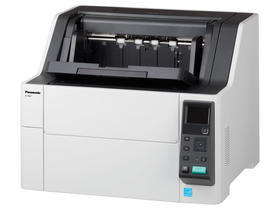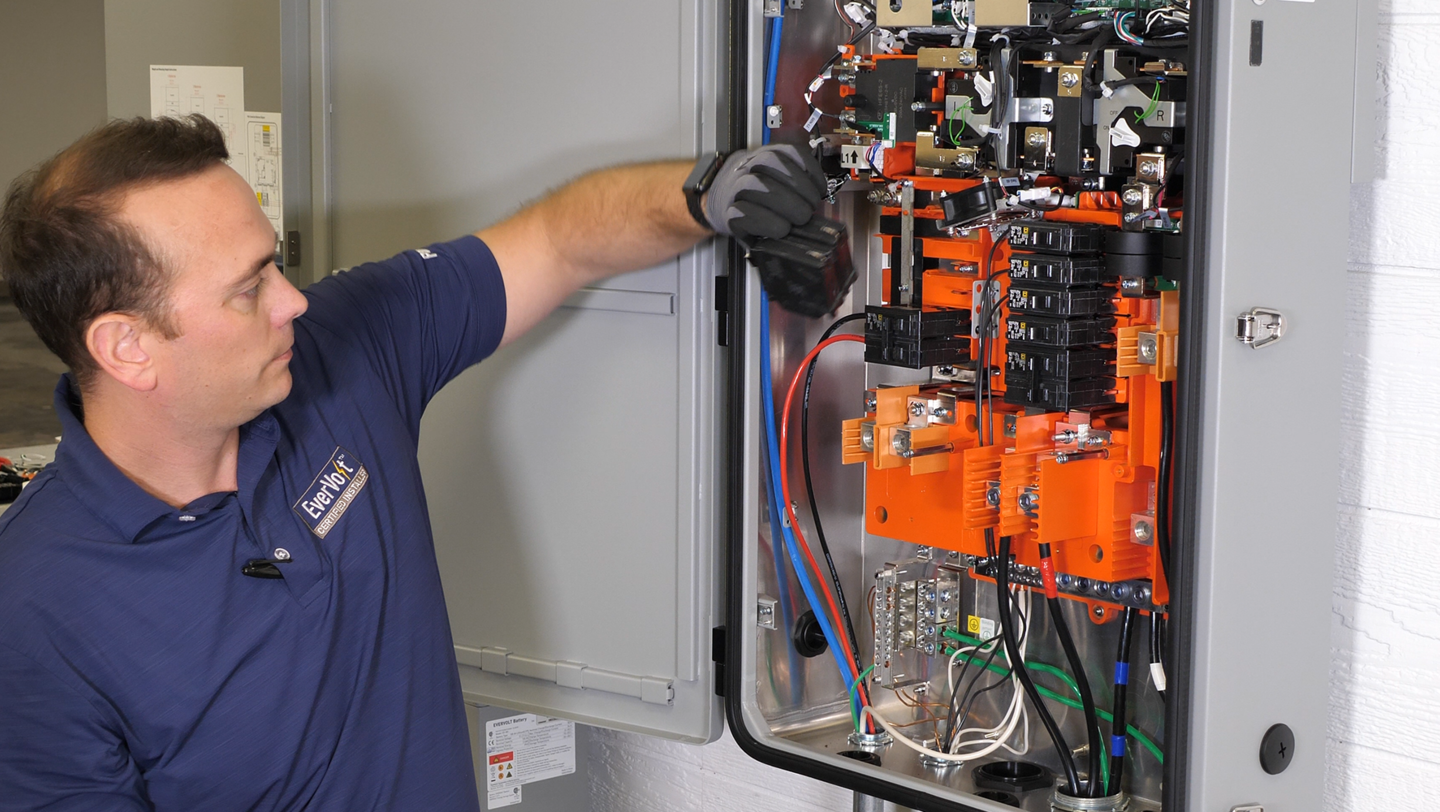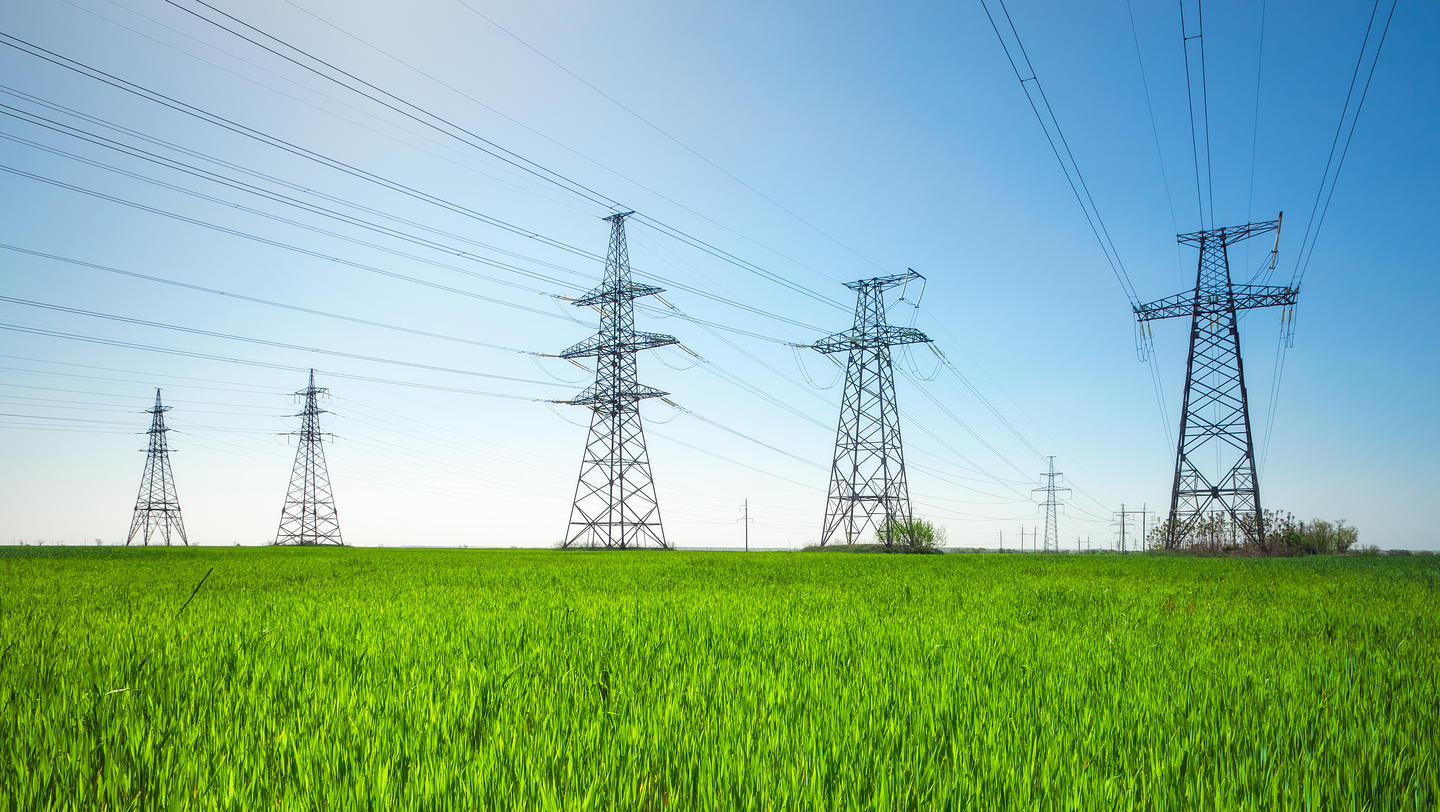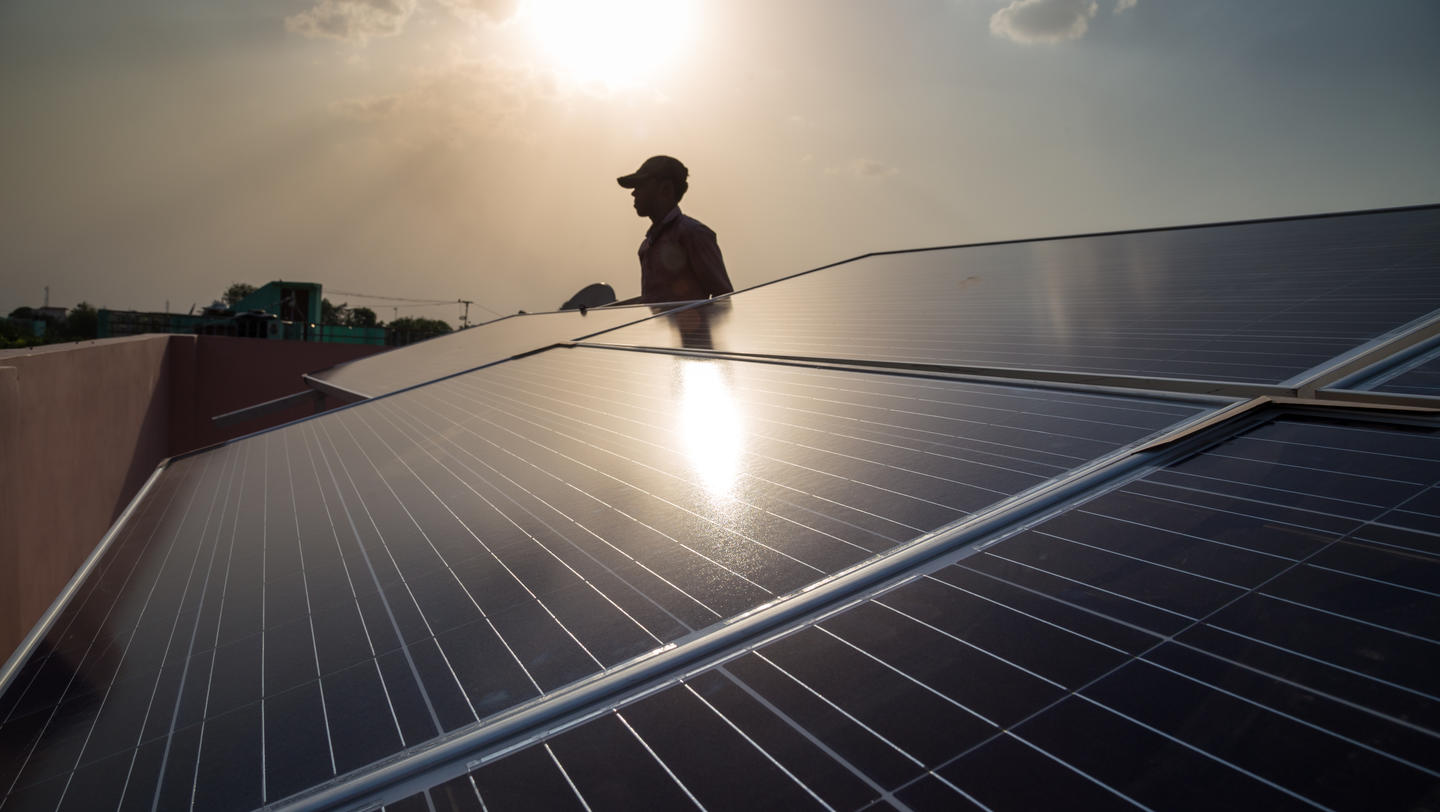Confronting voting’s new normal with ballot scanning and signature verification technology
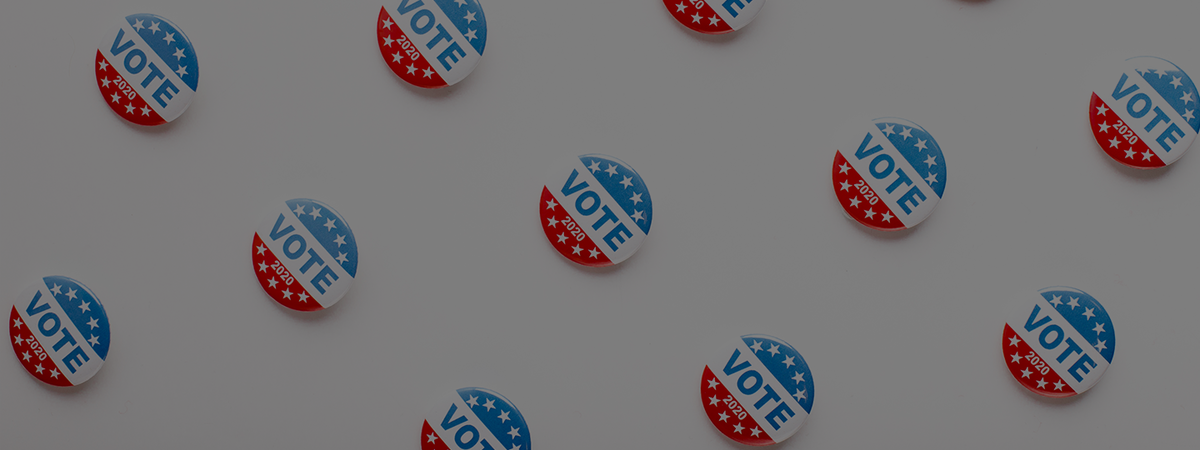
Confronting voting’s new normal with ballot scanning and signature verification technology
10 minutesOur world is changing, and will continue to change in the years to come. With this evolution, the way we work, how we form our societal habits, and even the way we vote in elections begin to shift and start to look different. As of August 2020, 27 states and Washington D.C. had in some way expanded voter access to mail-in ballots in comparison to previous years. Now, at least three-quarters of all American voters will be eligible to vote by mail, which is the largest proportion in U.S. history. In states that plan to expand mail-in voting access, only about 5% of voters previously voted by mail, causing researchers to worry that election offices will become overwhelmed by the unprecedented numbers of mail-in ballots.
Election offices will need to adopt more technology solutions to not only keep up with the increased volume of mail-in ballots, but to maintain efficiency with less staff members amidst social-distancing protocols. We recently sat down with Fred Scherman, National Sales Manager – Scanners at Panasonic, who shared his insights on the upcoming election season and the important role scanning technology will play in facilitating safe and secure voting processes moving forward.
How do counties typically capture mail-in voting signatures?
Smaller counties tend to conduct the full signature verification process manually. This means that when ballots arrive, workers are stamping them with the date and time of arrival and passing them on to the next person in line, who scans the barcode with a handheld barcode reader that brings up the signature for manual validation. In addition to being a very manual and time-consuming process, it is also not the safest for today’s more contactless global climate.
What are some pain points that a county or state typically faces with all these mail-in ballots?
Time is the big one. All states and counties have a cut off time when they need to submit and calculate the ballots. The counties we’ve observed can typically only process about 50 incoming mail-in ballots per hour with the manual intensive process they currently have. With the two, three, four, five times as many mail-in ballots likely to come this year, they just don't have the manpower to do it or the time to meet the submission deadlines.
As we approach November and think about the 50% expected increase in mail-in ballots, what is a county or state’s concern?
The main concern is being able to process these ballots. Counties will need to review their registered voters and estimate how many mail-in-ballots they will likely receive to best allocate resources.
Board election rooms tend to be small, though, so hiring this year will look different in light of COVID restrictions. For instance, one county in California typically has 25 stations set up for employees to help process ballots, but this year they can only safely house five or six employees. This adds another issue that we need to help them overcome – processing even more mail-in ballots with less employees.
That’s a lot to think about from a project management perspective when it comes to hiring and resourcing – let’s talk about Panasonic’s signature verification solution. What are the components?
We worked with the best in class from a software and signature verification standpoint when designing the solution. Looking at the whole process from the time stamping to the manual hand-WAN scanner, our solution can scan the front and back of the ballot. Whether or not that signature is in the barcode, our software can detect it, read it, verify against the signature on file - whether that signature came from the request of their absentee ballot or their DMV signature - and assign a score. If the signature meets the criteria of the score, it is verified and moves on without anyone touching the ballot.
Out of the hundred ballots it scans, say for instance, two of the signatures didn't match –the employees can do one of two things. Sitting in front of a computer, they can click on the one that didn't match and compare both signatures on the screen. If they do need to manually verify the signature and pull the ballot again, the machine imprints the batch code, so they can easily locate the ballot. In the end, the process is very streamlined and less people are touching the physical ballots overall.
When it comes to increasing speed, what's the data behind that benefit?
Following a manual process, counties can complete 40 to 50 ballots in an hour. With our system they can process well over 1000 per hour. If election offices start receiving ballots 30 days out, they might get 500 or 1000 ballots early on, but as Election Day approaches, they’ll start seeing 10-15K arrive. If they can only process 50 per hour at that point, they’ll fall behind quickly.
When it comes to accuracy, we talked about the importance of verifying someone’s signature, can you expand on that process?
Signature verification really is a science. If you personally sign your name 100 times, it's going to be different every time. There has been a lot of research to figure out the loops and the curves and to be able to verify those signatures based on the fact that no signature will be the same. We use a third party service called Parascript, the forefront leader in the world for signature verification, to help facilitate this process.
Demonstration of the KV-S8127 high-volume production scanner, capable of scanning up to 120 pages per minute.
The last benefit of this scanning technology is extremely important as well - the security. Can you expand on the significance of this feature?
Our signature verification solution offers a helpful audit trail – it provides users with the electronic copy of the ballot that was scanned, the date and time it was received and the ability to go back and verify if someone questions it. We use our Panasonic TOUGHBOOK as the terminal to process – it’s the same device used by the federal government, so it comes highly trusted from a security standpoint. TOUGHBOOKs don't have radios on them, meaning they also don't have WiFi or Bluetooth, so nothing outside can touch the computer. It’s a very inclusive solution that’s ideal for government customers now that security has become so top of mind across all verticals.
What does the future look like for signature verification and mail-in-voting?
I think mail-in-voting will become standard as people try it out, see how easy it is and grow comfortable with the process. I don’t think we’ll go back to 2016 levels just after COVID is over and we move towards the 2024 election or any future elections. People will feel more accustomed to it as the new normal.
To learn more about how our scanning technology can support counties and states during this year’s election, visit our website and our podcast, The Big REthink.
